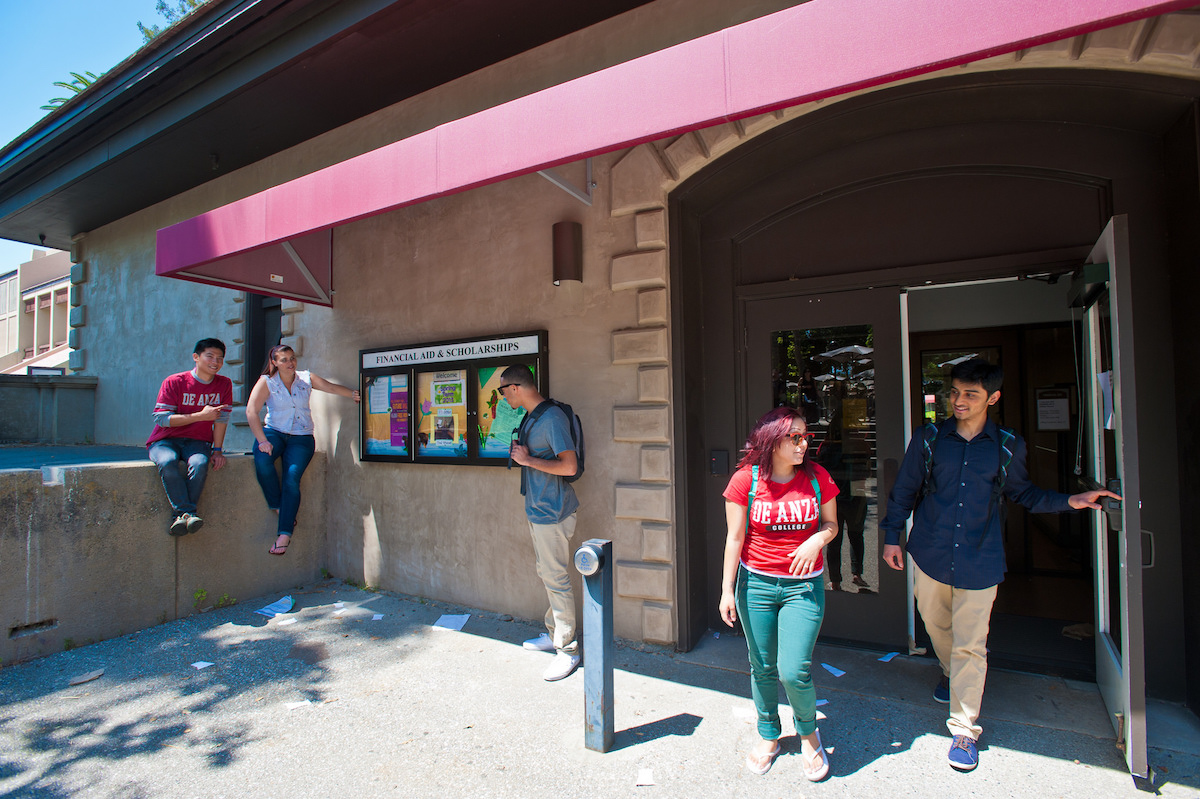Video: The California Dream Act
Undocumented Students
The California Dream Act gives undocumented students the opportunity to qualify for state (but not federal) financial aid.
The law was enacted in two parts. One bill, AB 131, allows undocumented students to receive state financial aid – including fee waivers, Cal Grants and Chafee Grants – if they qualify under AB 540 for exemption from non-resident fees. (See our AB 540 webpage for more information on that program.)
A second bill, AB 130, allows undocumented students to receive privately funded scholarships for attending state colleges, provided they qualify for AB 540 status.
If you’re an undocumented student, the first step is to fill out a California Dream Act Application and submit it to the California Student Aid Commission. This is an alternative to the Free Application for Federal Student Aid (FAFSA). If you’re a U.S. citizen or legal resident, you should submit the FAFSA. You should not submit both application forms.
Information that you provide on the California Dream Act Application will not be shared with federal databases. Your information, and your parents’ information, is protected by the same privacy and information security safeguards that apply to all other state financial aid applicants.
You can file the California Dream Act Application online at the California Student Aid Commission website. Be sure to list De Anza College and our code number 004480 on the CADAA. If you are applying to other colleges, list their codes also.
Changes to the CADAA
California made some changes to the CADAA starting with the 2024-25 school year, in part to be consistent with the new FAFSA form. Here are some highlights:
- The CADAA will use the new Student Aid Index (SAI) as a measurement of a family's ability to contribute to college costs, replacing the old Expected Family Contribution.
- The CADAA is adding questions about race, ethnicity and gender for research purposes, but these are optional and won't affect your eligibility for financial aid.
- New questions will also be added to help colleges determine eligibility for nonresident tuition exemption under AB 540.
Cal Grants:
- You should submit the California Dream Act application and a certified Cal Grant GPA form, or have your school submit your GPA for you.
- You can apply starting Oct. 1 – and no later than March 2 – to be considered for a Cal Grant that you can use the following school year.
- See our Steps to Apply page for more information.
California College Promise (BOG Fee Waiver)
- When you submit the California Dream Act application, you will also be considered for this program.
Chafee Grant for Foster Youth
- If you are a current or former foster youth, you may also apply for a Chafee Grant. You will need to submit the California Dream Act application and a separate application for the Chafee program.
EOPS Grant
- The Extended Opportunities Programs and Services office has a limited number of grants for students who are academically and economically challenged. In addition to the CADAA, you also must submit a separate application form, available from the EOPS Office at De Anza.
Scholarships
- Scholarships are generally private funds that are often awarded on a competitive basis. Not every student will win a scholarship, but the first step is to see what might be available. You can start by visiting our Scholarships webpage.



